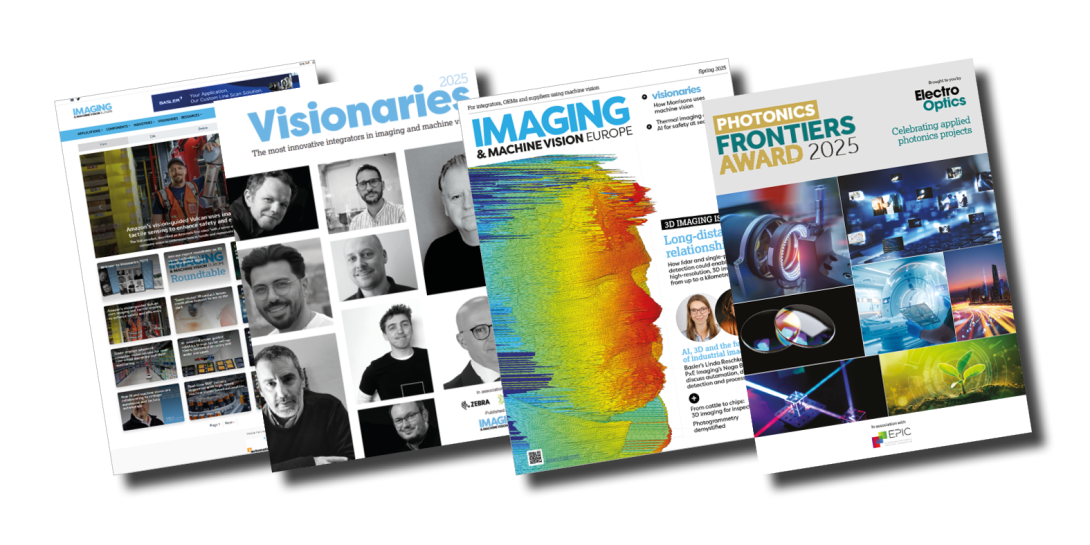Compact, low-power OCT device uses ‘electrowetting’ for non-mechanical bioimaging

The increasing use of digital screens has heightened the importance of eye health (Image: Hamamatsu)
The University of Colorado suggests changing the "surface shape of optical liquid” could improve OCT imaging to better detect eye and heart conditions

Register for FREE to keep reading
Join 10,000+ vision professionals driving innovation in automation, AI and imaging with:
- Expert insights on vision, robotics, AI & embedded tech
- Newsletters and features covering the full imaging landscape
- Visionaries series: leadership strategies in imaging
- Free panels on smart manufacturing & autonomy
- White Papers & updates for smarter integration
Sign up now
Already a member? Log in here
Your data is protected under our privacy policy.

